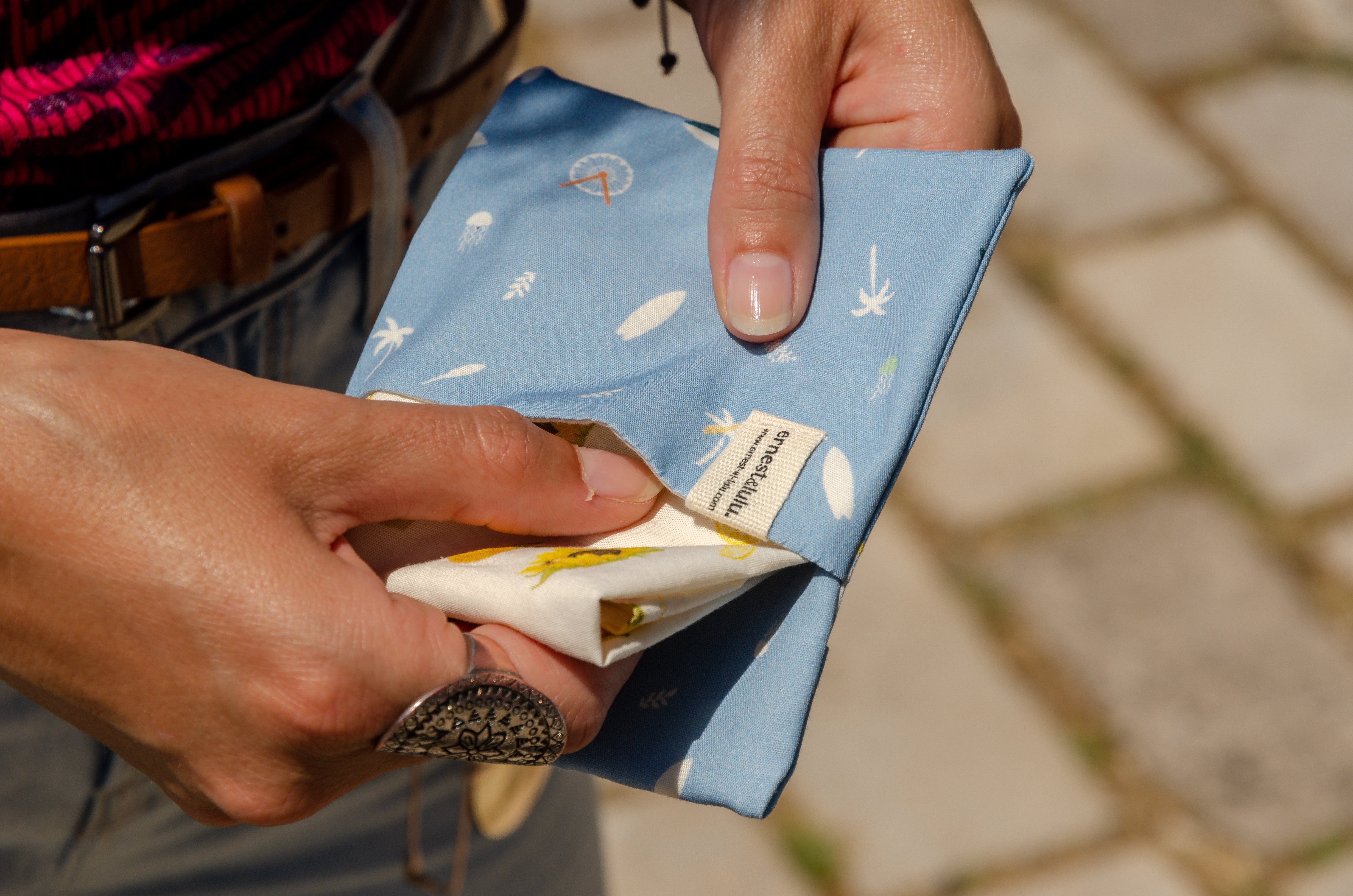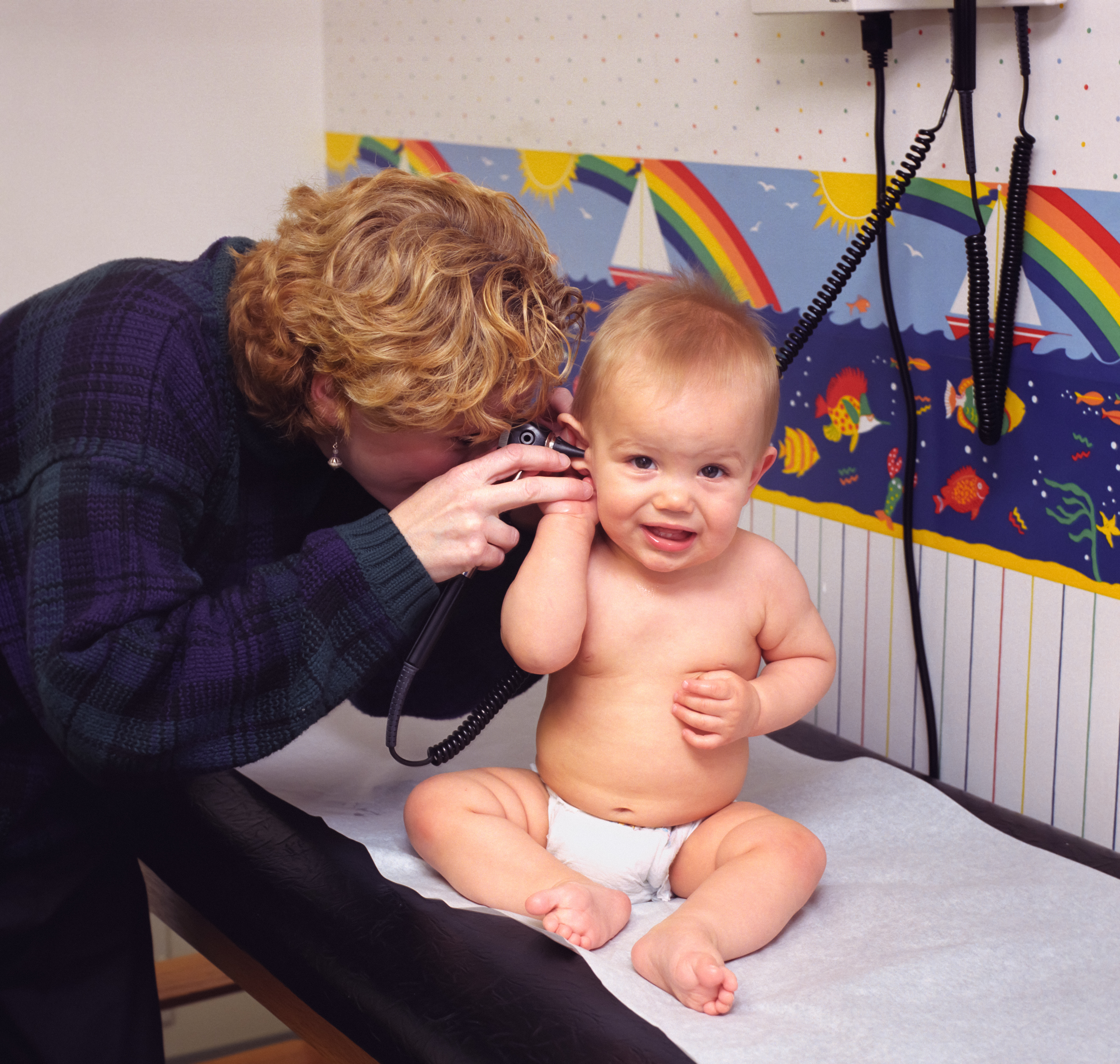What is the Story with Tethered Oral Tissues?
 If you are a mom with a new baby or one born in the last several years, you may have had to deal with the question of possible tongue, lip or cheek ties. This is particularly true if your baby has challenges with breastfeeding, or difficulty with too much air intake, gassiness, reflux, trouble sleeping or any one of dozens of challenges. There is a lot of conflict in the social media world about this topic, and that makes it extra challenging for new parents to navigate this complicated world. To make matters worse, many pediatricians have little to no training in this area; this can sometimes lead to parent’s concerns being disregarded. Delaying or missing intervention can have serious consequences if your baby is struggling. I hope to shed some light on the topic and help you determine if you and your baby need assistance.
If you are a mom with a new baby or one born in the last several years, you may have had to deal with the question of possible tongue, lip or cheek ties. This is particularly true if your baby has challenges with breastfeeding, or difficulty with too much air intake, gassiness, reflux, trouble sleeping or any one of dozens of challenges. There is a lot of conflict in the social media world about this topic, and that makes it extra challenging for new parents to navigate this complicated world. To make matters worse, many pediatricians have little to no training in this area; this can sometimes lead to parent’s concerns being disregarded. Delaying or missing intervention can have serious consequences if your baby is struggling. I hope to shed some light on the topic and help you determine if you and your baby need assistance.
 First, what is a tongue tie? Lip tie? At its most basic, ties are just pieces of tissue that failed to release in utero. Every baby develops in utero for a time with oral tethering. In the later stages of fetal development, these connecting tissues are supposed to slough or fade away. For some unknown reason, this sloughing process does not happen in certain babies. This can lead to oral ties, meaning the tissues are still anchored to the nearest bone or muscle. Another example of this is babies born with webbing between the fingers.
First, what is a tongue tie? Lip tie? At its most basic, ties are just pieces of tissue that failed to release in utero. Every baby develops in utero for a time with oral tethering. In the later stages of fetal development, these connecting tissues are supposed to slough or fade away. For some unknown reason, this sloughing process does not happen in certain babies. This can lead to oral ties, meaning the tissues are still anchored to the nearest bone or muscle. Another example of this is babies born with webbing between the fingers.
Is every tie an issue? No. In my experience, there are many babies, older children, and adults who have the appearance of ties, but they can function normally. Meaning, they do not have issues with feeding, speech, airway, or sleep.
How do I know if my baby needs a release? First and foremost, if your baby is not having issues with feeding, sleep, digestion, or breathing, you may not need to do anything. Monitor their development, but it is okay to allow them to develop on their own without intervention. However, if your baby is struggling with feeding, or has difficulty with sleep, digestion, or breathing, it is important to get a full evaluation with one of several professionals who can look at not only structure but FUNCTION and help guide you through the process. Looking at a picture of a baby’s lip or tongue is NOT sufficient to diagnose a tie; you must have functional information about the way the lips and tongue move in feeding and speech to draw those conclusions.
The evaluation process includes several team members and looks at a variety of factors in your child’s difficulties. Your baby’s feeding issues may come from something other than a tongue tie. In my practice, I sometimes see babies sent by the pediatrician, pediatric dentist, lactation consultant, or physical therapist. My job is to look at your baby’s oral motor structure and skills, their feeding skills, and other issues. The evaluation is to determine if a release is recommended, but also to consider the Optimal Timing of Release (OTR). Some babies need supportive body work like Craniosacral therapy or physical therapy BEFORE having a release, to prepare for the release and to maximize the benefits. And anyone, of any age, who has a release will need post-op support with bodywork, physical or speech therapy, or others to integrate the release and to teach the mouth all the skills it is missing for speech and feeding.
 Why is this issue so controversial? Like many issues in the medical field, it is hard to find consensus. For one thing, any practice that involves newborns and young children must be considered carefully. Second, the research on the impact of ties is primarily in breastfeeding, but many other areas can be impacted. Clinical research is often years behind clinical practice since the research is meant to affirm or validate what we are doing in our offices, not guide us proactively. Third, pediatricians do not receive training in this area, just as they do not receive extensive training in many areas of feeding and child development. They rely on their research journals and their own clinical experiences. Depending on the number and type of tongues you have seen, you may have a vastly different perspective than your colleague next door. Fourth, the internet is heavily populated with stories, both positive and negative, of parent’s personal experiences. The weight of a personal story, especially when you see yourself or your baby in it, is very powerful. Unfortunately, there are stories in the media of babies who have had adverse experiences, or who have been treated by professionals who lack the training and experience to guide families successfully. A recent New York Times article painted a dark picture of the “tongue tie industry” that may be frightening to read and may conjure fears about even pursuing an evaluation.
Why is this issue so controversial? Like many issues in the medical field, it is hard to find consensus. For one thing, any practice that involves newborns and young children must be considered carefully. Second, the research on the impact of ties is primarily in breastfeeding, but many other areas can be impacted. Clinical research is often years behind clinical practice since the research is meant to affirm or validate what we are doing in our offices, not guide us proactively. Third, pediatricians do not receive training in this area, just as they do not receive extensive training in many areas of feeding and child development. They rely on their research journals and their own clinical experiences. Depending on the number and type of tongues you have seen, you may have a vastly different perspective than your colleague next door. Fourth, the internet is heavily populated with stories, both positive and negative, of parent’s personal experiences. The weight of a personal story, especially when you see yourself or your baby in it, is very powerful. Unfortunately, there are stories in the media of babies who have had adverse experiences, or who have been treated by professionals who lack the training and experience to guide families successfully. A recent New York Times article painted a dark picture of the “tongue tie industry” that may be frightening to read and may conjure fears about even pursuing an evaluation.
 So, what can I do? If you are a mom, dad, or caregiver of an infant who is struggling with feeding-breast or bottle-seek help. You can start with your pediatrician. Share your concerns and your specific struggles. Ask for a referral to a lactation consultant or speech pathologist with feeding experience. Start by looking at the bigger picture and work with your team to focus on the specifics of what might be causing the challenges. You can always move to a referral to look at ties, but it is most critical to address the global nature of the issues, and to keep babies fed and hydrated FIRST. Here are some additional tips:
So, what can I do? If you are a mom, dad, or caregiver of an infant who is struggling with feeding-breast or bottle-seek help. You can start with your pediatrician. Share your concerns and your specific struggles. Ask for a referral to a lactation consultant or speech pathologist with feeding experience. Start by looking at the bigger picture and work with your team to focus on the specifics of what might be causing the challenges. You can always move to a referral to look at ties, but it is most critical to address the global nature of the issues, and to keep babies fed and hydrated FIRST. Here are some additional tips:
- TRUST your instincts. Get a feel for any professional who is working with you or your baby. Ask about their credentials and their experience with babies who have ties. Listen to that inner voice that tells you if you are well-matched to someone you trust.
- Don’t be rushed into any procedure. Just because the procedure takes less than a minute does not mean it is not a significant event for your baby. Take the time to get your questions answered and learn what will happen before, during, and after the procedure.
- Seek pre-op care for your baby. This can be infant massage, Craniosacral therapy, chiropractic, or speech therapy so that your baby is ready for the release and the results will be better. Have a plan in place for post-op care and be clear on what you will be asked to do with your baby, and how you will handle pain management. Get support through the process.
- Do not neglect the post-op care. This often includes bodywork to help the whole body, as well as oral motor therapy to teach the tongue new movement patterns that it needs to be a successful and efficient feeder. I often see babies who did not get that care after a release and their results were less than optimal. Do not believe anyone who tells you that a release is a “cure” or that it can be done in isolation. A tongue or lip tie release is not the period at the end of the sentence, it is more like the end of the first chapter in a book.
In summary, babies and children with suspected tethered oral tissues present an array of complex challenges and often require the support of a team of related professionals. As with many medical issues, consensus can be hard to find, and there is conflicting information on social media. The good news is that babies can be helped significantly by a combination of medical and therapeutic input. Please feel free to reach out with any questions. My contact information is below. Don’t struggle. Help is available.
Suzanne Ducharme MacFarlane, MS CCC-SLP
The Offices of Suzanne Ducharme
339-214-2906 or by e-mail: [email protected]
 Bio Suzanne Ducharme MacFarlane, MS CCC-SLP
Bio Suzanne Ducharme MacFarlane, MS CCC-SLP
Suzanne’s passion, aka her Life Work- is to help children and their families make connections and optimize their communication and development. With 30 years of experience in a variety of settings, Suzanne has had the opportunity to develop and refine advanced clinical skills in treating children with a range of complex medical and developmental challenges. Since 2007, Suzanne has been offering traditional speech pathology services combined with Craniosacral Therapy, leading to the development of a philosophy called holistic speech pathology. This innovative approach looks at the whole child, considering their communication or feeding issues through the lens of their family and their journey to reach their highest potential. Throughout her career, Suzanne has presented many lectures and workshops on the local, state, and national levels. In 2016, Rowman and Littlefield published her first book, Childhood Speech, and Language Disorders: supporting children and Families on the communication path. In the past 5 years, Suzanne has been developing a specialty in working with infants and children with tethered oral tissues. Using both her extensive knowledge of infant feeding and development with Craniosacral Therapy has allowed her to positively impact hundreds more families. Suzanne enjoys working collaboratively with others on the TOTS team, and in working hand in hand with the families she serves. Suzanne is the owner and master clinician at the Offices of Suzanne Ducharme, an innovative private practice located in Hanover, Massachusetts.






